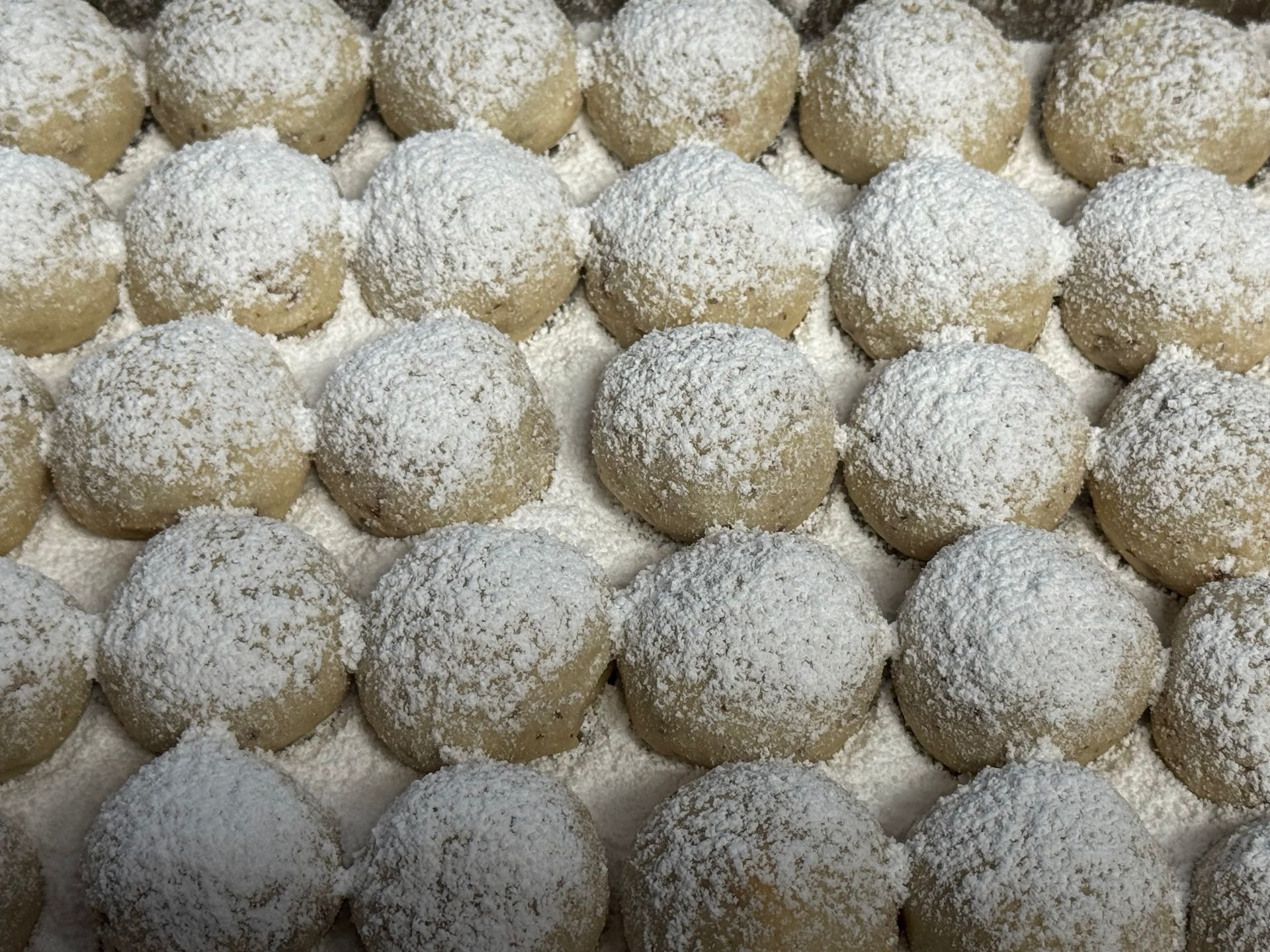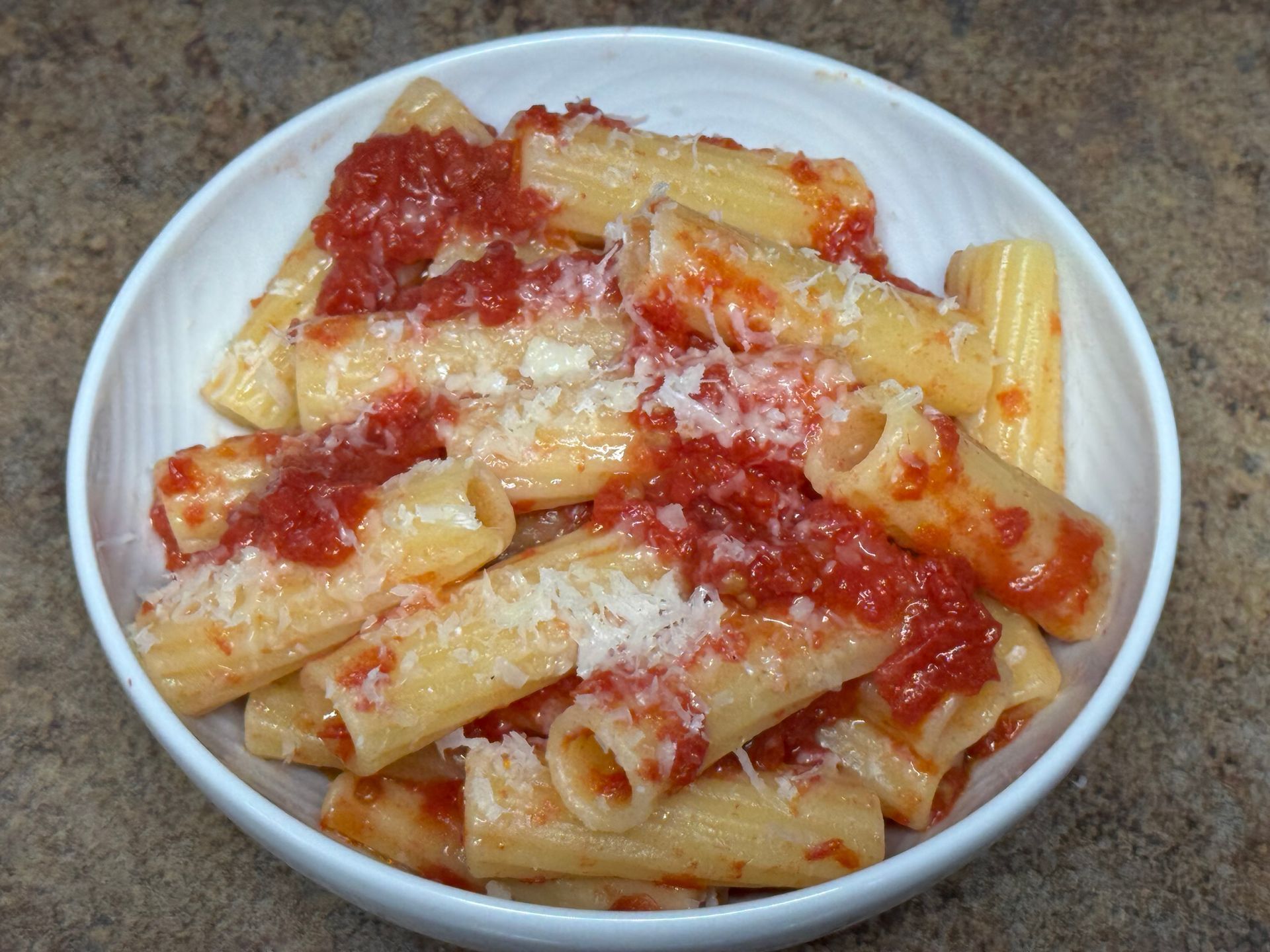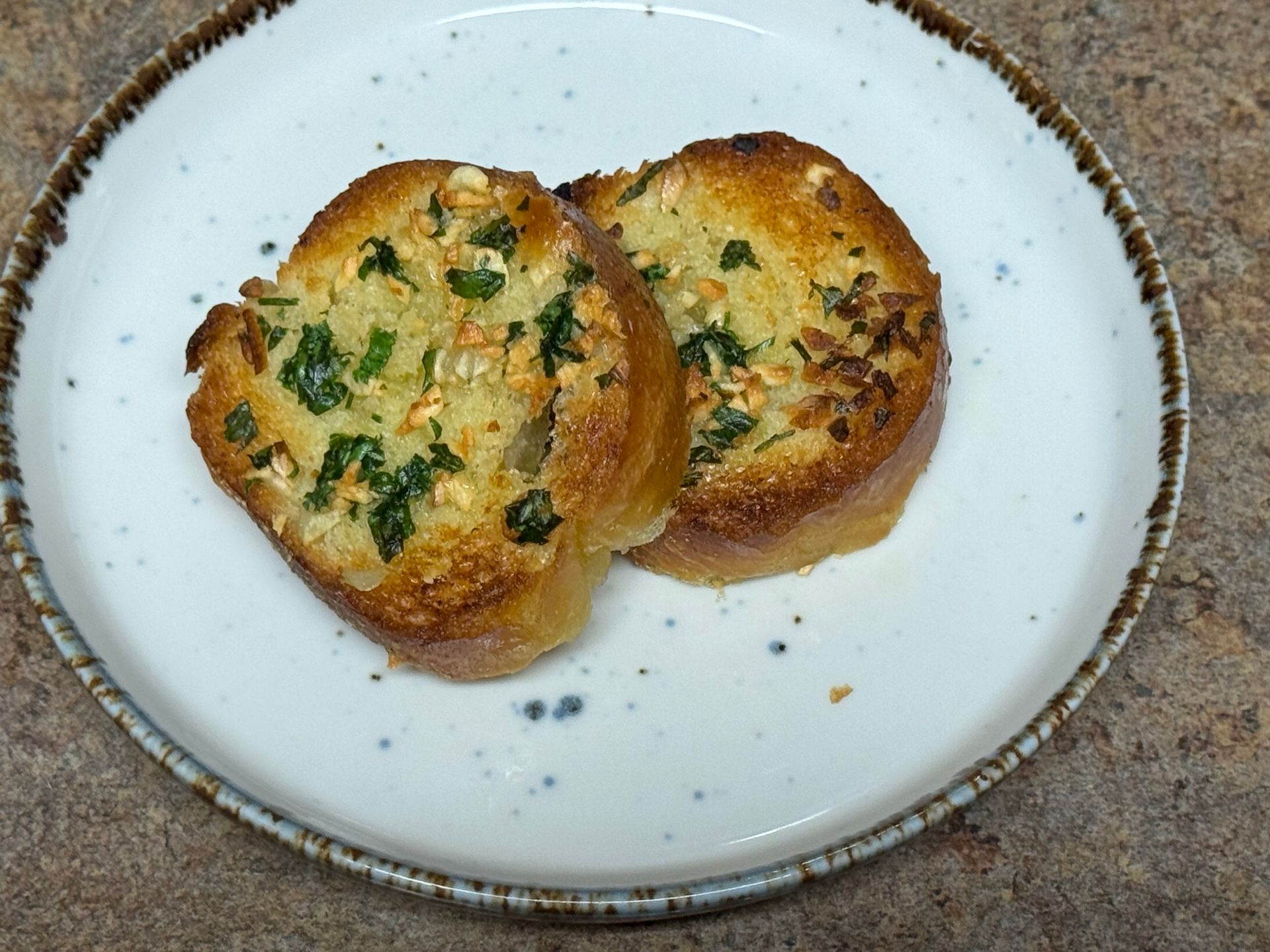Beyond Garnish: The Culinary Science of Sage, Rosemary & Thyme
How three Mediterranean herbs—sage, rosemary, and thyme—bring depth, balance, and wellness to modern cuisine, from the garden to the kitchen.
As chefs, we often reach instinctively for familiar herbs such as parsley, basil, oregano, cilantro… Sage, rosemary, and thyme are foundational herbs of the Mediterranean pantry, traditionally used in savory cooking.
Rosemary is excellent with lamb, beef, potatoes, and breads. Sage pairs beautifully with poultry and pork—think breakfast sausage or Thanksgiving stuffing—and is a key component of classic poultry seasoning. Thyme, the most versatile of the three, complements poultry, meat, seafood, and vegetables alike.
Behind their familiar aromas lies an intriguing story of terroir, cultivation, and culinary chemistry. These woody perennials are remarkably resilient, thriving where many others struggle. Understanding how they grow, how to work with them, and when to use them fresh or dried can elevate both the flavor and consistency of your menu.
Food Pairing with Sage, Rosemary & Thyme
Early in my career, I worked as saucier in a French restaurant in New York City. I loved the classical French menu, but one contemporary entrée stood out—scallops sautéed in brown butter-finished with minced, fresh rosemary. As a young cook, I sometimes was restless and experimental; I found the sweet scallops and pine-like rosemary combination contrasting and exciting.
These days, I’m more likely to stuff garlic, rosemary and thyme sprigs into the cavity of a chicken before roasting—a different kind of satisfaction that comes from precision and restraint. I love frying a chop or steak in clarified butter with herbs and basting the meat with the delicious, herb infused butter. It looks and tastes amazing!

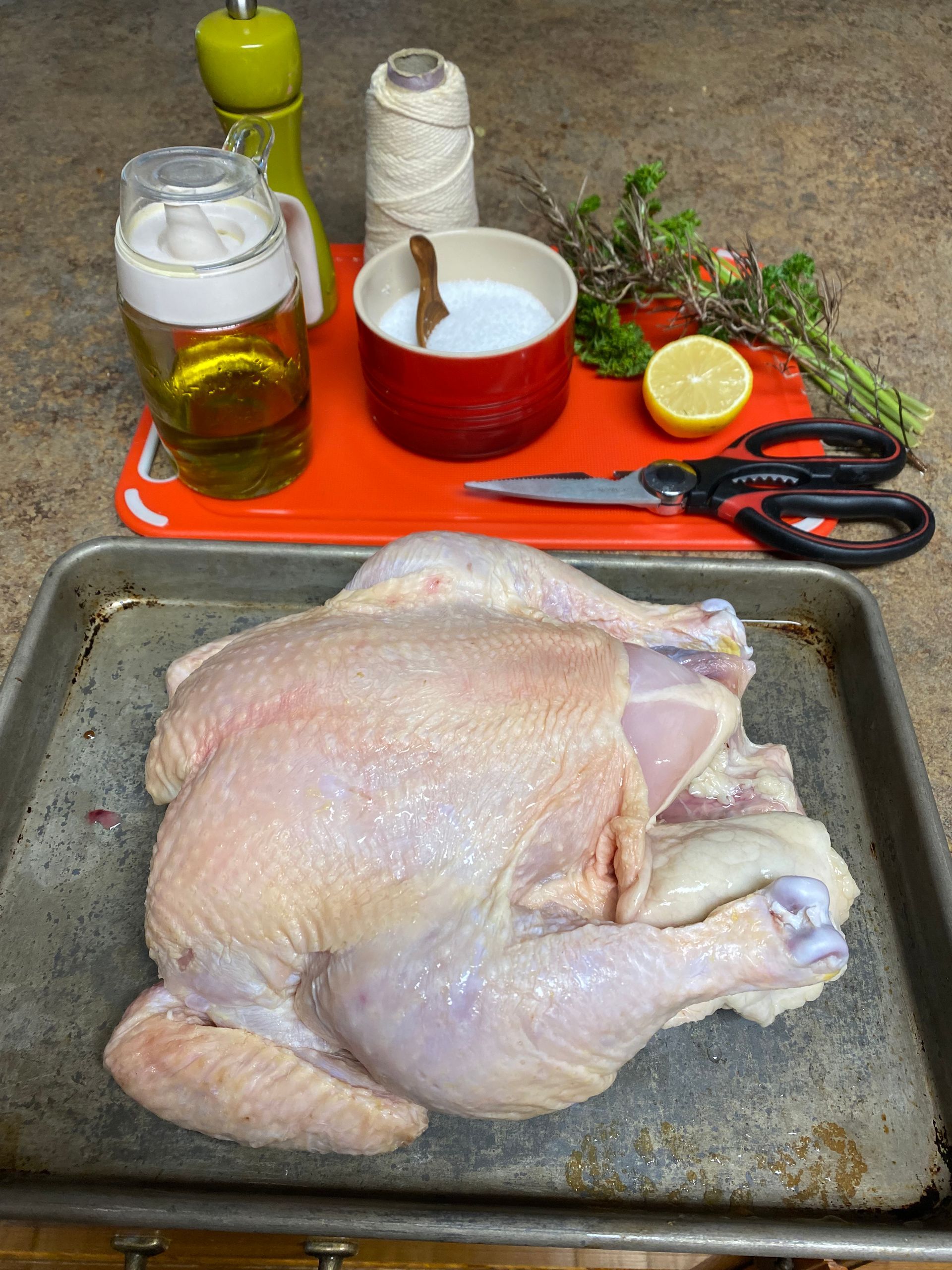
Rosemary and Thyme are essential components for cooking poultry and meat. Thyme is excellent with seafood, vegetables, rice, stocks and sauces. I like to strip the tender leaves from the stem and add them to vegetables just before serving for a burst of bright, savory flavor—especially with root vegetables like buttered, diced turnips.
Sage has a distinct, peppery earthiness that lingers on the palate. It’s most recognizable in breakfast sausages and poultry seasonings, but I love frying lightly floured sage leaves in olive oil or brown butter as an amuse-bouche or a sauce accent for vegetables or chicken.
Sage is great with:
Rabbit, pork, chicken, and game birds
Autumn vegetables such as butternut squash, turnips, and mushrooms
Brown butter sauces for pasta
Holiday stuffing
(And beyond the kitchen, sage is even used in traditional smudging rituals.)
Rosemary pairs beautifully with:
Lamb, beef, game, and poultry
Roasted root vegetables and potatoes
Focaccia, breads, and infused oils-rosemary focaccia is amazing!
Citrus and honey (especially in savory desserts or cocktails)
Thyme is delicious with:
Stocks and sauces
Chicken, fish, and shellfish
Rice and grains
Roasted tomatoes, garlic, and mushrooms
Cream-based sauces and soups
Eggs, custards, and slow-braised dishes
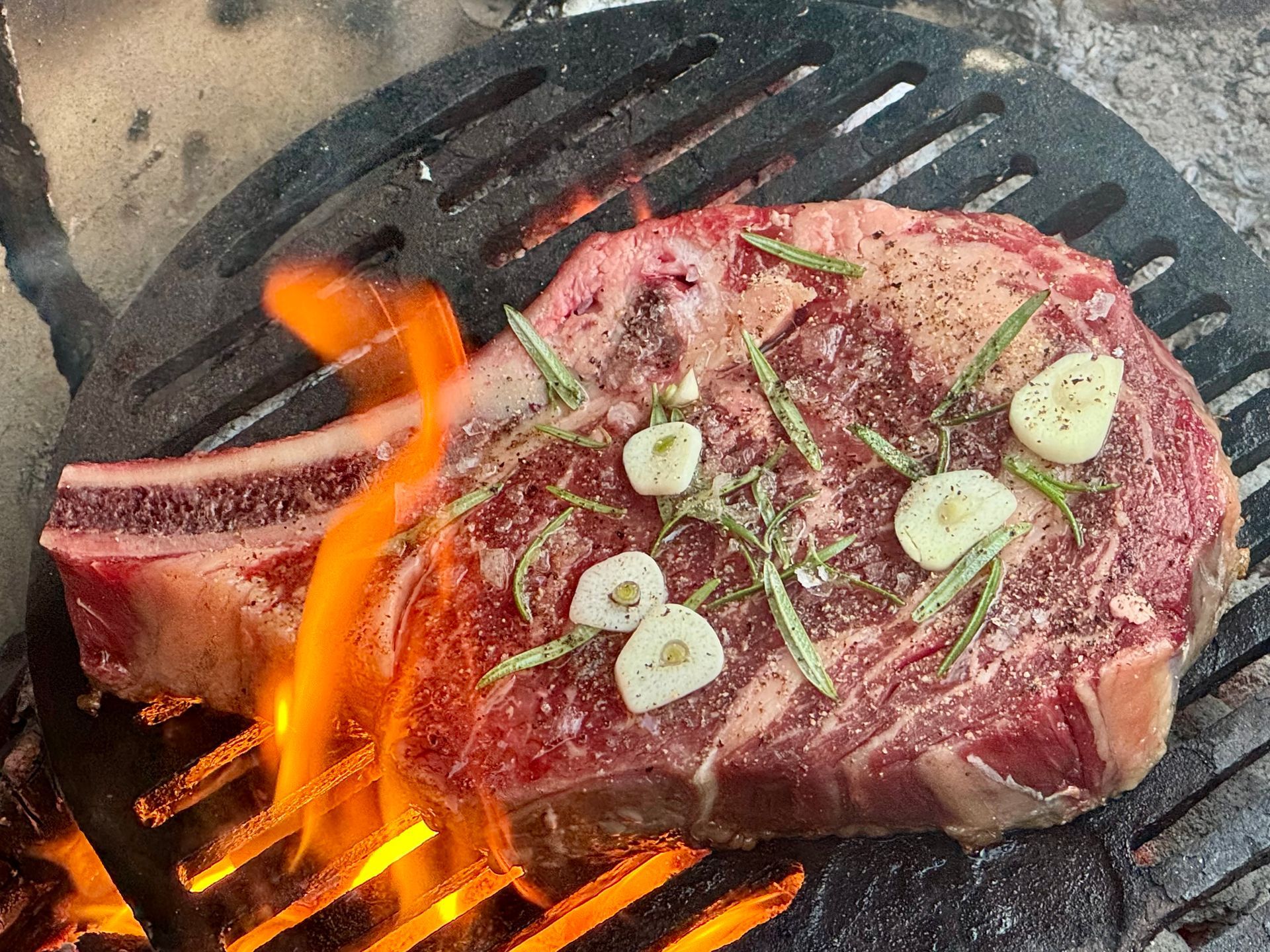
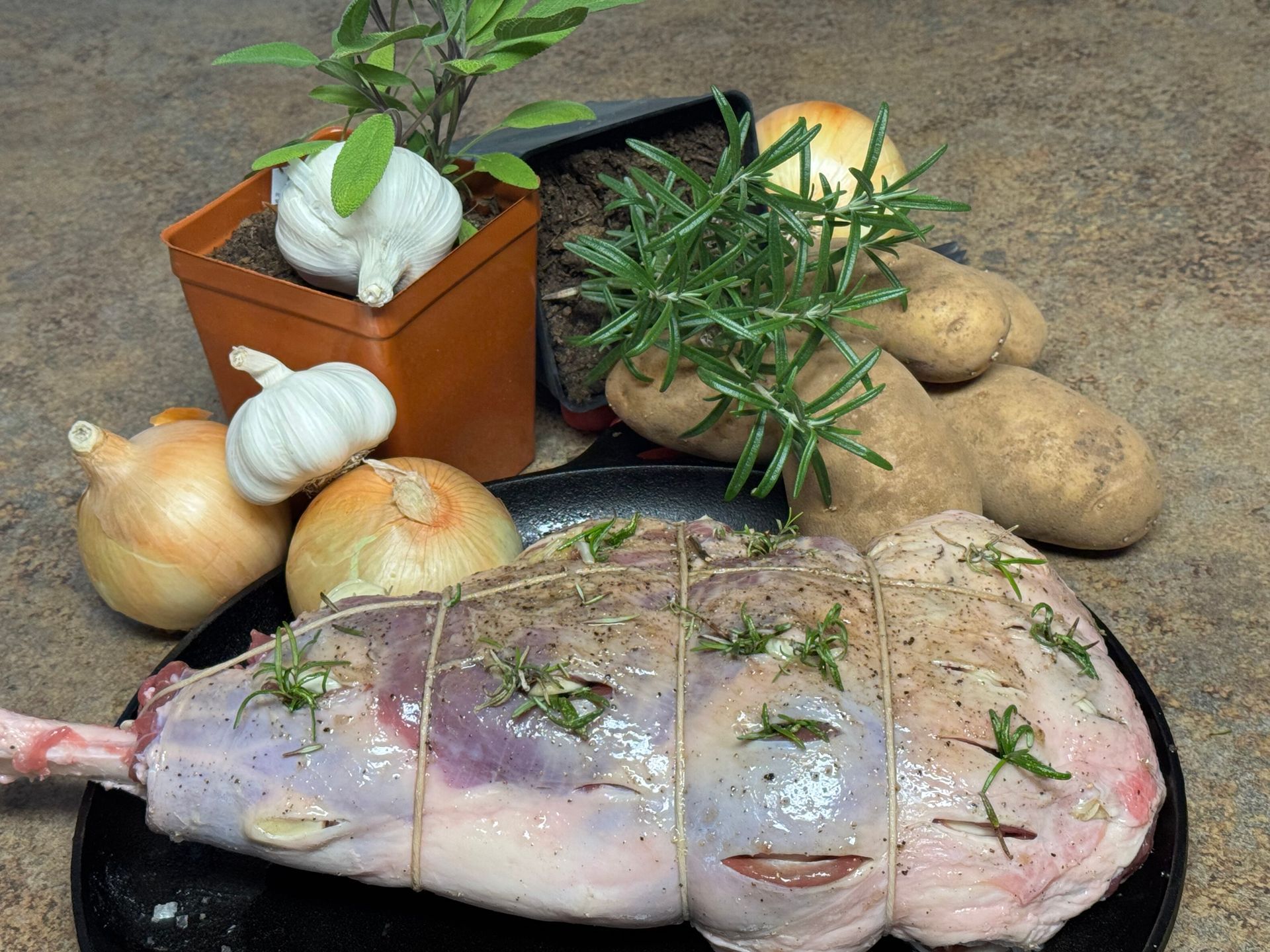
Fresh vs. Dried
Fresh rosemary delivers intense volatile oils with piney, citrusy aromas. I often tell students that “eating rosemary is like eating a Christmas tree” to stress the importance of thoughtful food pairing. Many cooks use rosemary purely as a garnish, which makes no sense—it’s decorative but inedible. The flavor mellows with heat, making rosemary ideal for infusing stews, sauces, and marinades.
Dried rosemary offers convenience and stability. Its flavor becomes deeper and more resinous when handled correctly. Always crush the dried needles before using to release their oils.
Thyme behaves differently—its delicate leaves dry beautifully and retain their character. This makes thyme an excellent component in dried herb blends like herbes de Provence or a sachet d’épices for stocks.
Dried sage is earthy and slightly bitter; it should be used thoughtfully, preferably as part of a spice blend or in forcemeats.
Culinary tip: When substituting dried herbs for fresh, use one-third the amount (1 tsp dried = 1 Tbsp fresh).
Storing Fresh Herbs Properly
As a consultant, I’m often surprised by how ingredients are stored in kitchens. Even in large, professional operations, delicate ingredients like herbs, lettuces and microgreens are sometimes mishandled. Proper storage ensures freshness, flavor, and cost control.
- Order wisely: Purchase smaller quantities to minimize waste.
- Train staff: Receiving and inspecting herbs for freshness is critical.
- Store smartly: Refrigerators have microclimates—know where the temperature and humidity best suit delicate herbs.
- Hydrate and protect: Store herbs upright in a container of water or with a damp paper towel wrapped around the stems, covered loosely in a plastic bag. For woody herbs, bundle stems in a damp towel and seal in a labeled container.
- FIFO: Always rotate inventory (First In, First Out).
Drying, freezing, or infusing herbs in oil or vinegar are excellent preservation methods.
Growing and Propagating Fresh Sage, Rosemary & Thyme
These herbs thrive in well-drained, sandy soil and full sun. All are native to the Mediterranean coast, where rocky soils and sea air contribute to their resinous, pine-like flavor.
To propagate:
Take softwood cuttings in early summer (3–4 inches long).
Strip lower leaves, dip the stem in rooting hormone, and plant in a sand–potting soil mix.
Keep the cuttings shaded and lightly covered with a plastic bag to create a mini greenhouse.
Maintain light moisture until roots form (3–4 weeks).
Once established, these perennials prefer slightly dry conditions—overwatering is a common mistake. In colder regions like New Jersey, rosemary should be grown in pots and moved indoors or into a greenhouse during winter. Sage, Rosemary and Thyme can easily be grown in pots and are both functional decorative herbs.
Culinary Discipline: Respect the Ingredients
Indoors or in a Greenhouse
Sage, rosemary, and thyme can survive winter if kept in bright light, moderate temperatures, and low humidity. I bring mine into the greenhouse in late November, maintaining gentle warmth with a small heater and using bricks and water containers to retain daytime heat through the night.
Ideal conditions:
Daytime temperatures: 60–70°F
Nighttime temperatures: 45–55°F
Air circulation: good airflow to prevent mildew
Light: at least 6–8 hours daily, supplemented with grow lights as needed
Health Benefits of Hearty Herbs
These herbs are rich in antioxidants and bioactive compounds.
Rosemary and sage: May support memory, digestion, and cardiovascular health while offering anti-inflammatory and antimicrobial properties.
Thyme: Contains thymol, a natural antiseptic and preservative; supports respiratory and digestive health.
Sage: Long used in traditional medicine for improving concentration and cognitive function.
While chefs rely on these herbs for flavor, their functional benefits add an appealing layer of story for today’s diners—connecting culinary excellence with wellness.
Respect the Herbs
As with all ingredients, herbs deserve thoughtful handling and respect. Their flavors can be bold or subtle, depending on how and when they’re used.
If your operation or culinary program seeks to refine its approach to sourcing, recipe development, cooking, TWG Consulting LLC offers expert guidance in developing sustainable, flavor-driven systems that connect the garden to the plate.
Passion for Food
